France
Paris
Switch to your local agency
Retour au menu
CBA’s global team of designers, strategists and content experts have selected from out there what they considered top-notch in terms of design, branding and consumer trends, focusing on positive impact.
From this great curation we highlighted 15 trends that, in this year, will continue to encourage brands – large and small, from all categories – to innovate in order to become more useful to society.
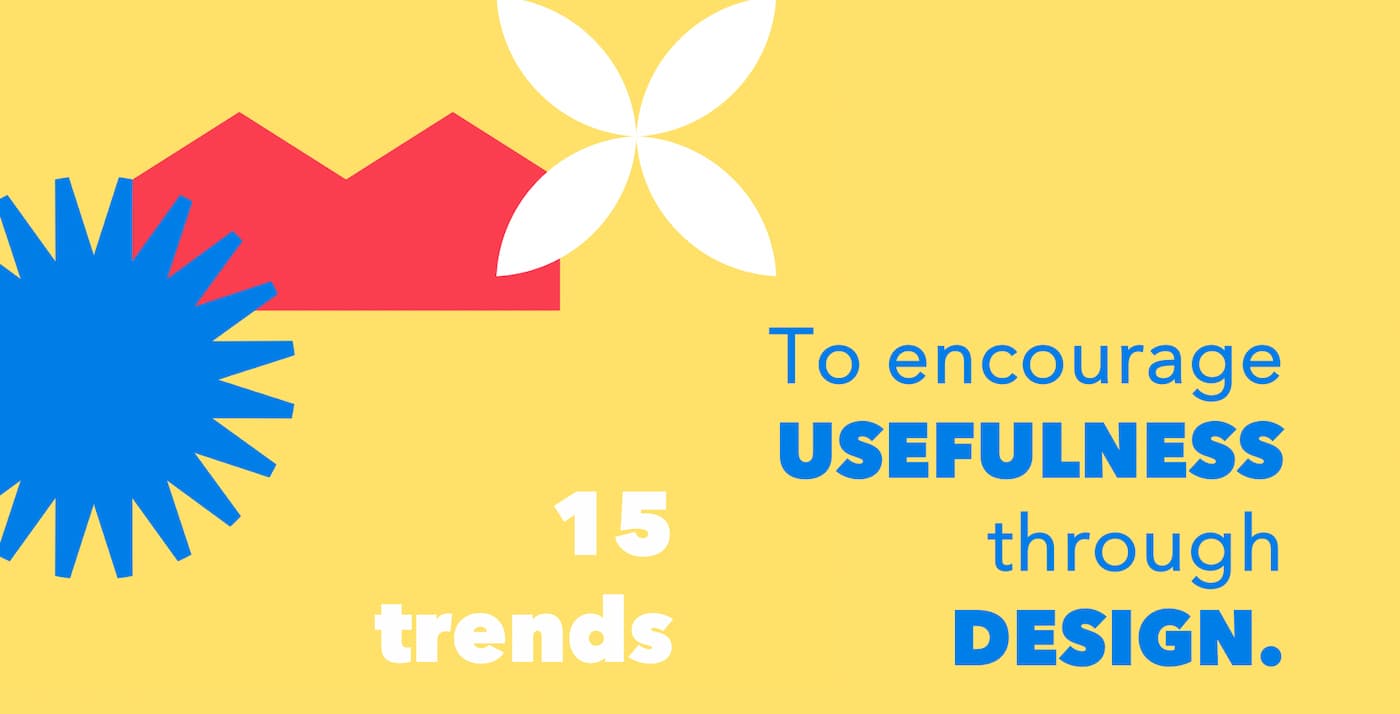
Trends are segmented into 5 pillars -pillars from the utility map of our Critical Imprint methodology:
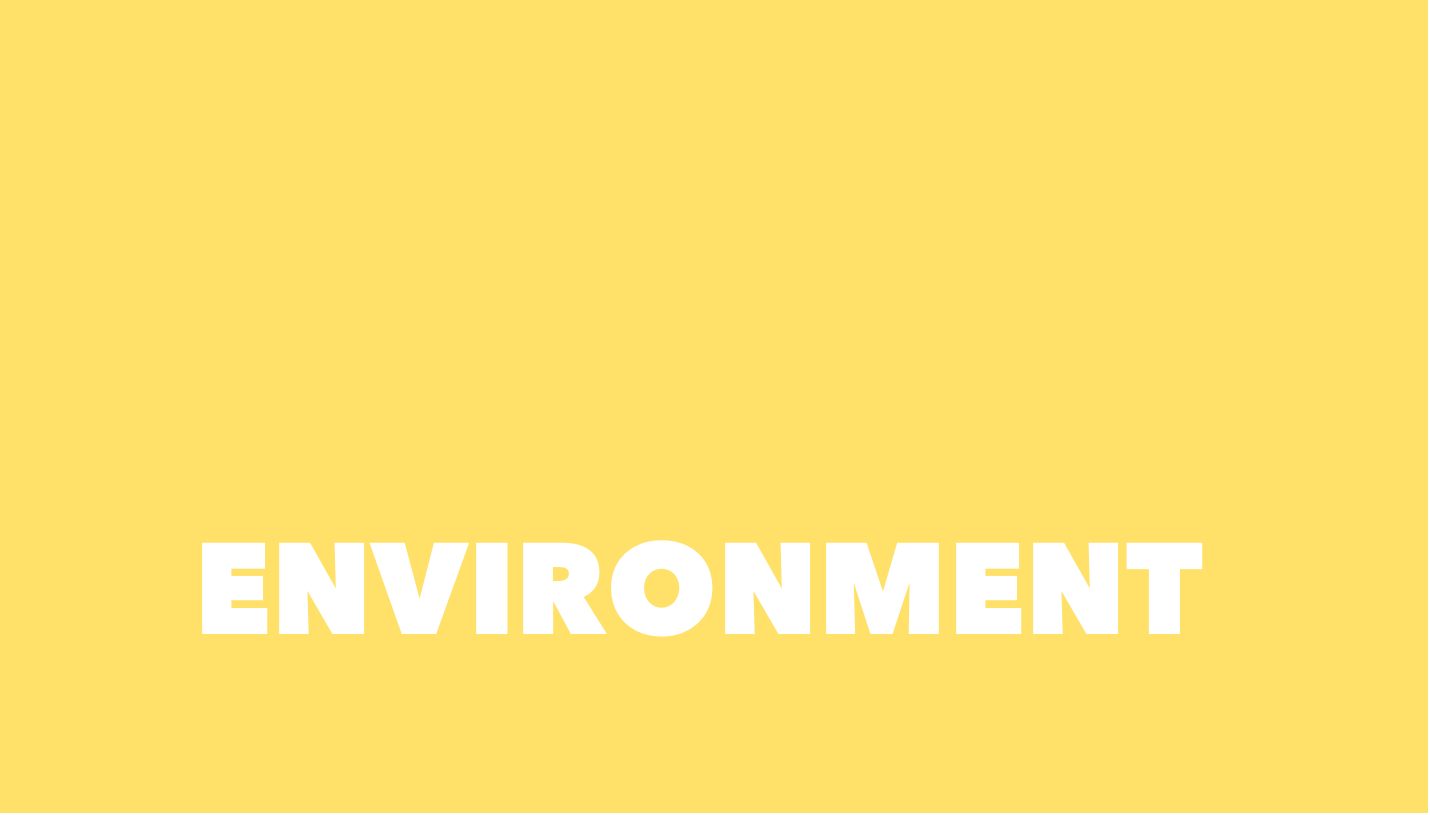
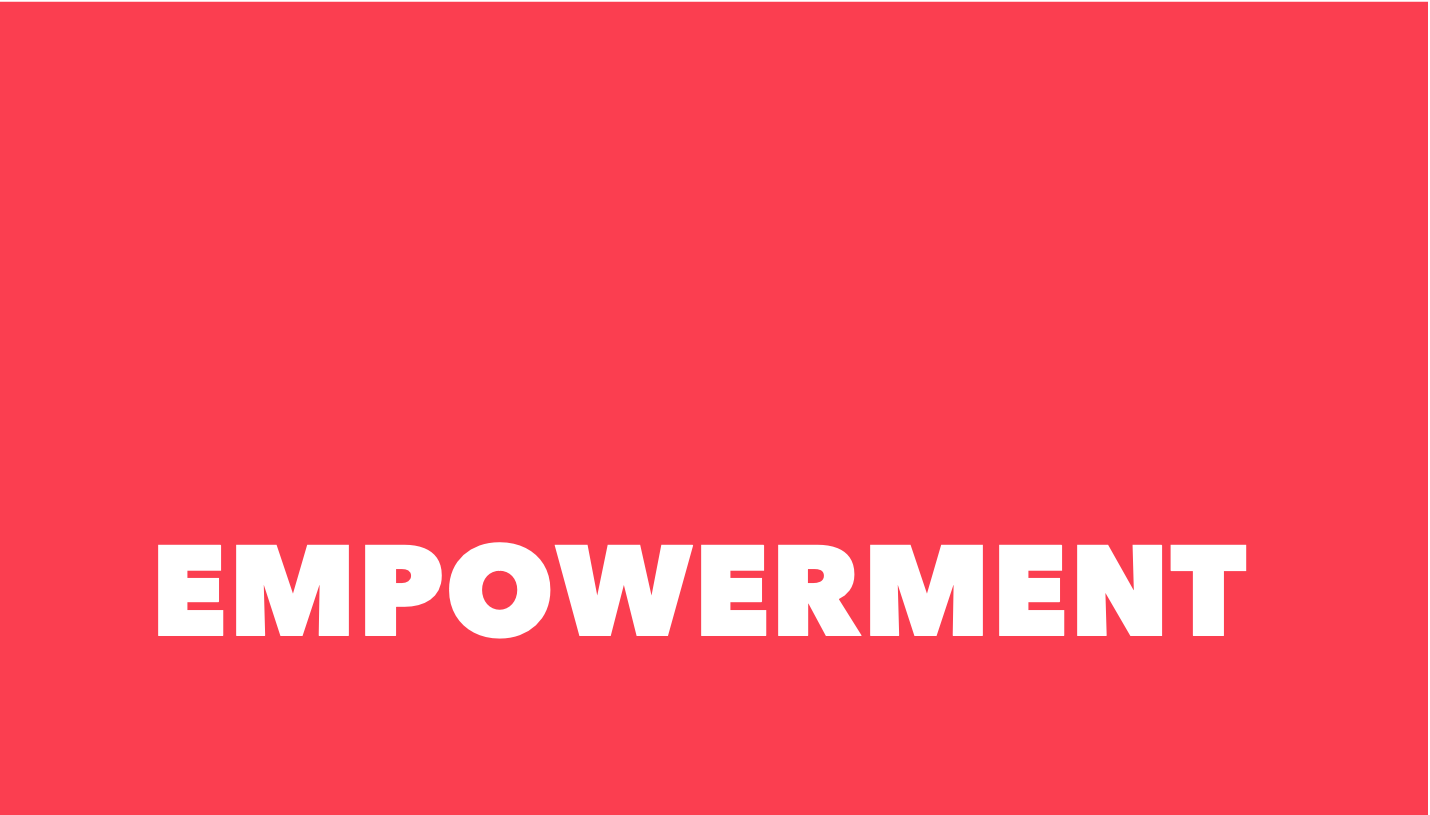
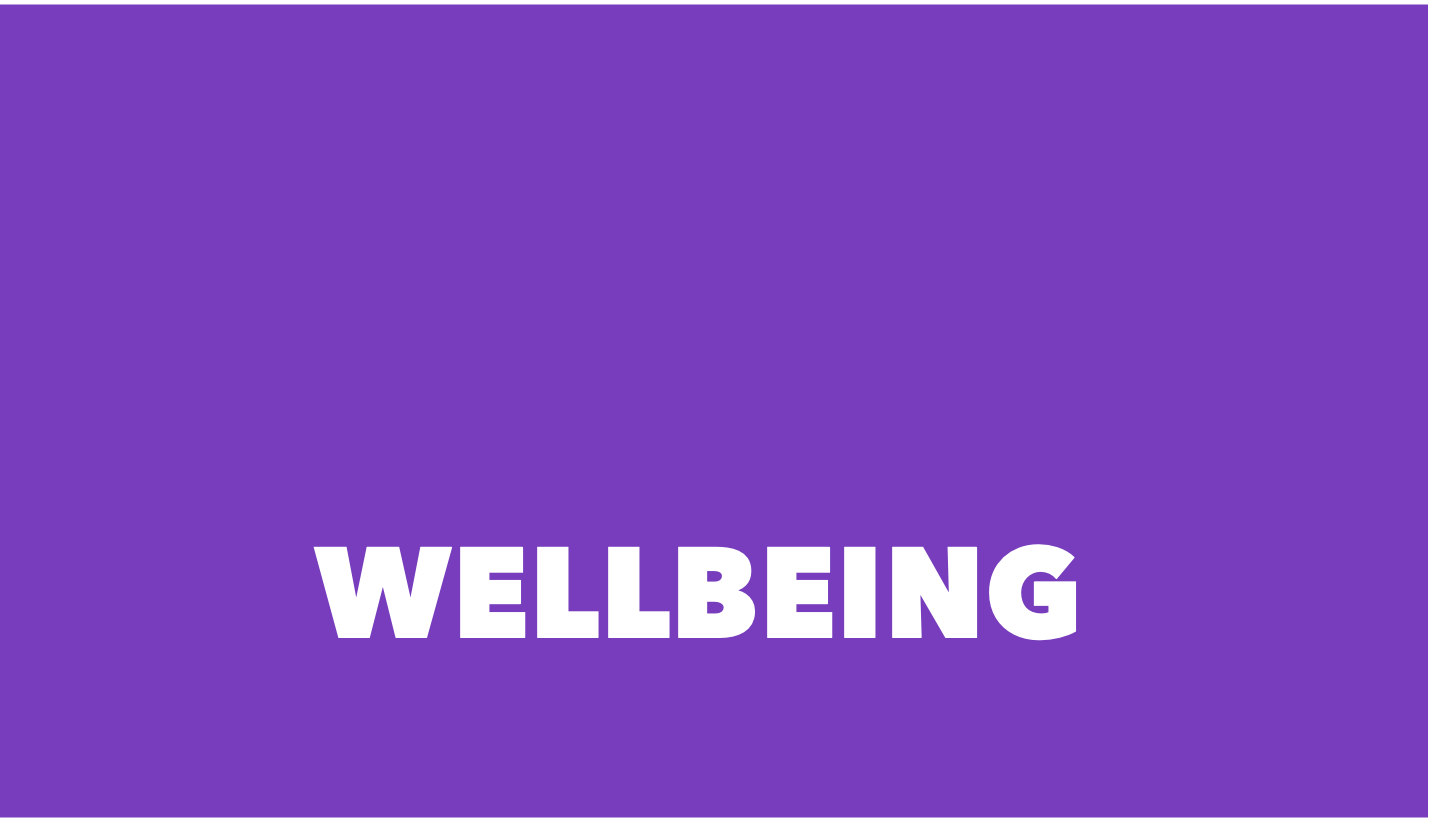
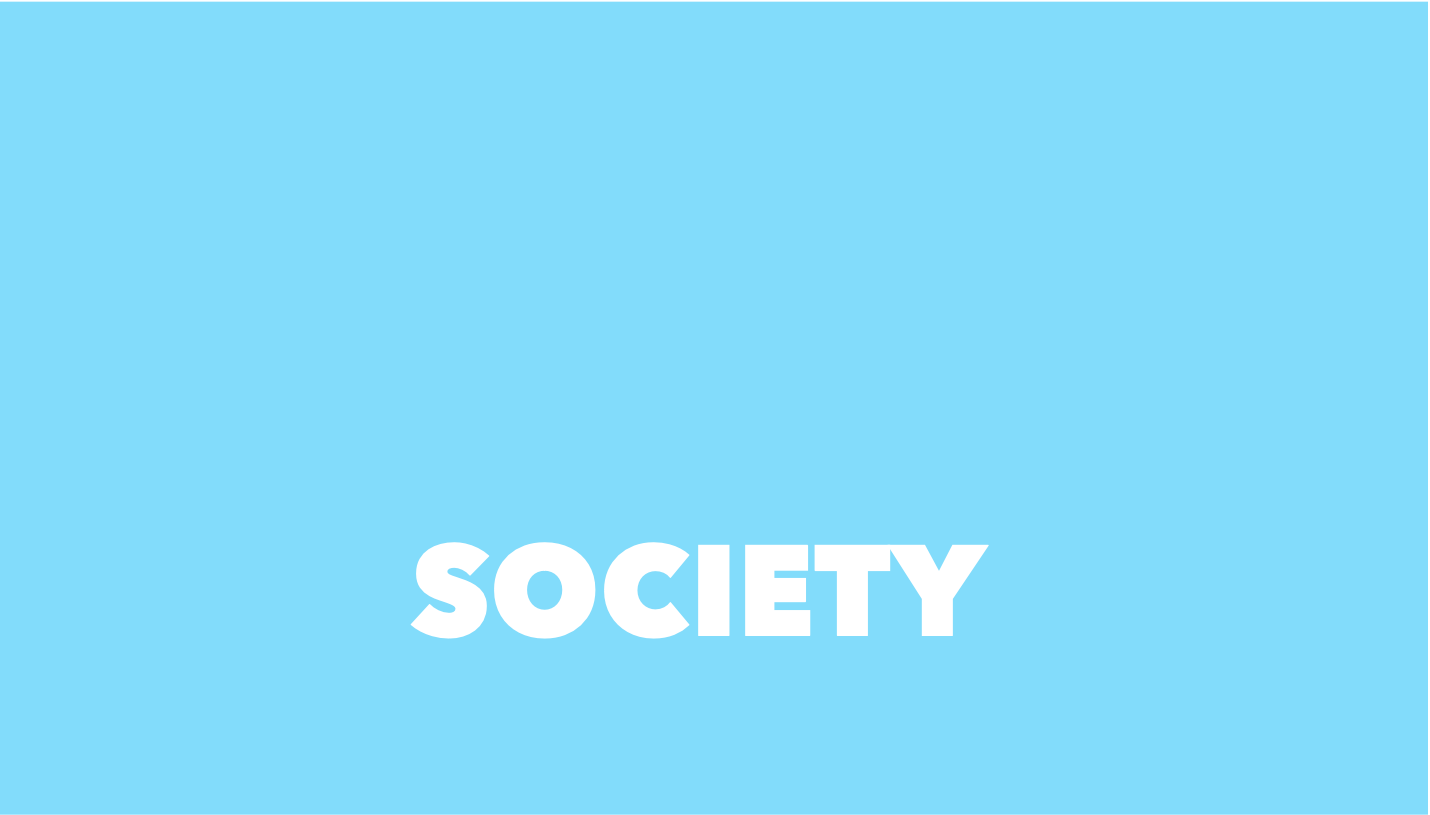

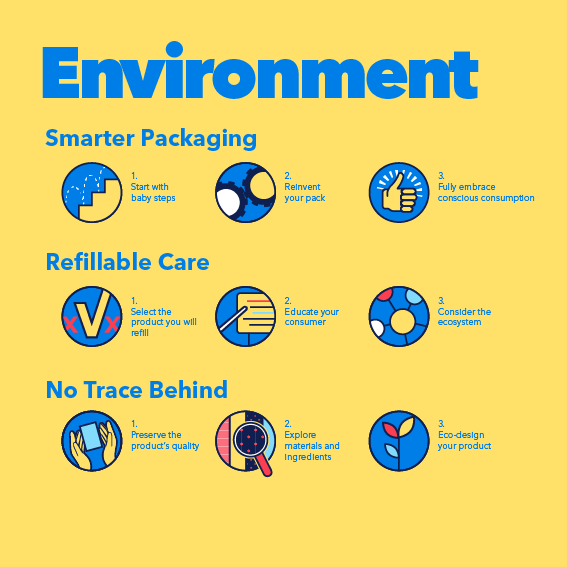
There is no Planet B, and we ought to take care of the one we live in.
Designing environmentally friendly packaging is a must: we need to consider the use of different packaging materials and formats.
Brands are increasingly celebrating
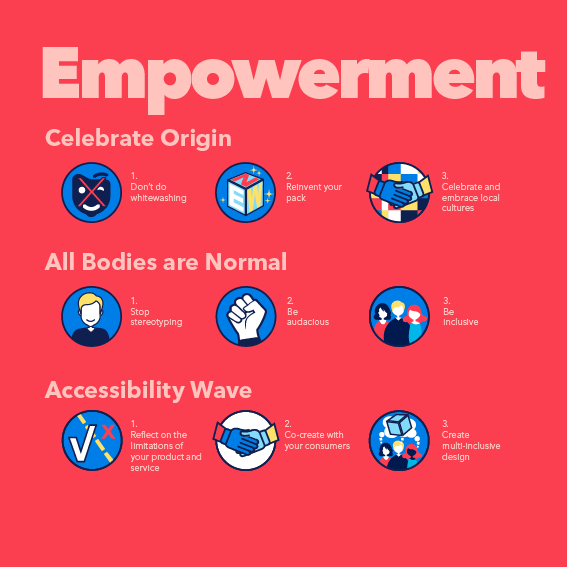
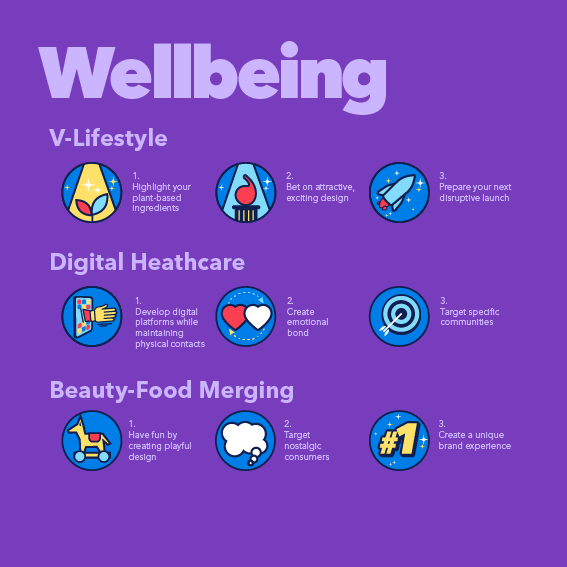
a boom of digital healthcare solutions catered to communities, and a playful integration between beauty and food brands.
The pandemic and the ongoing process of globalization
have many of us questioning what is it that we want for
our future as a society
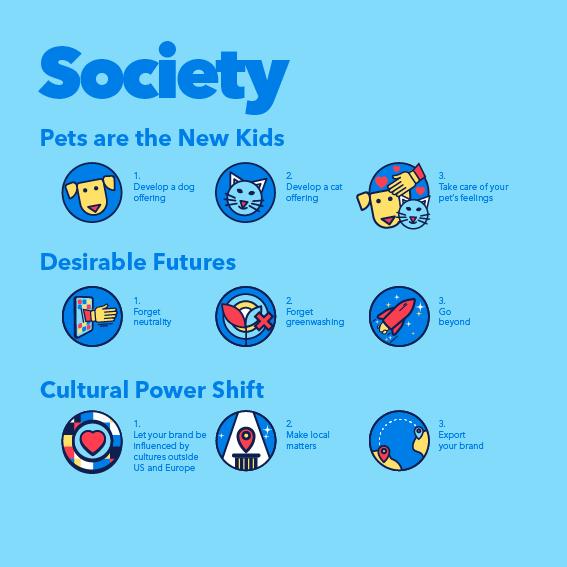
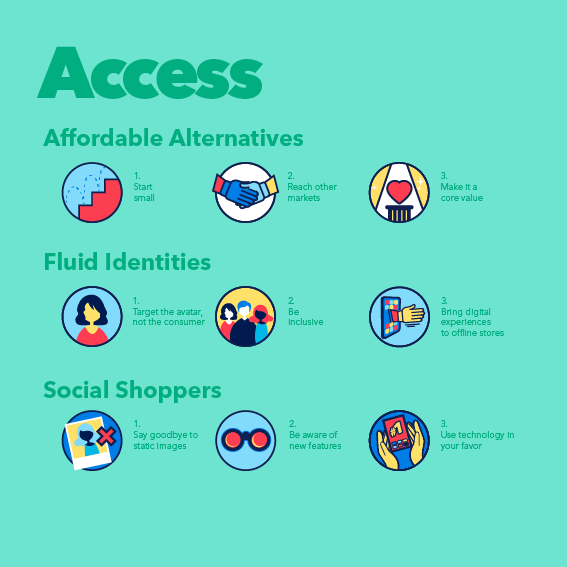
by making their offer more economically affordable, or expanding their presence in the metaverse and on social media.
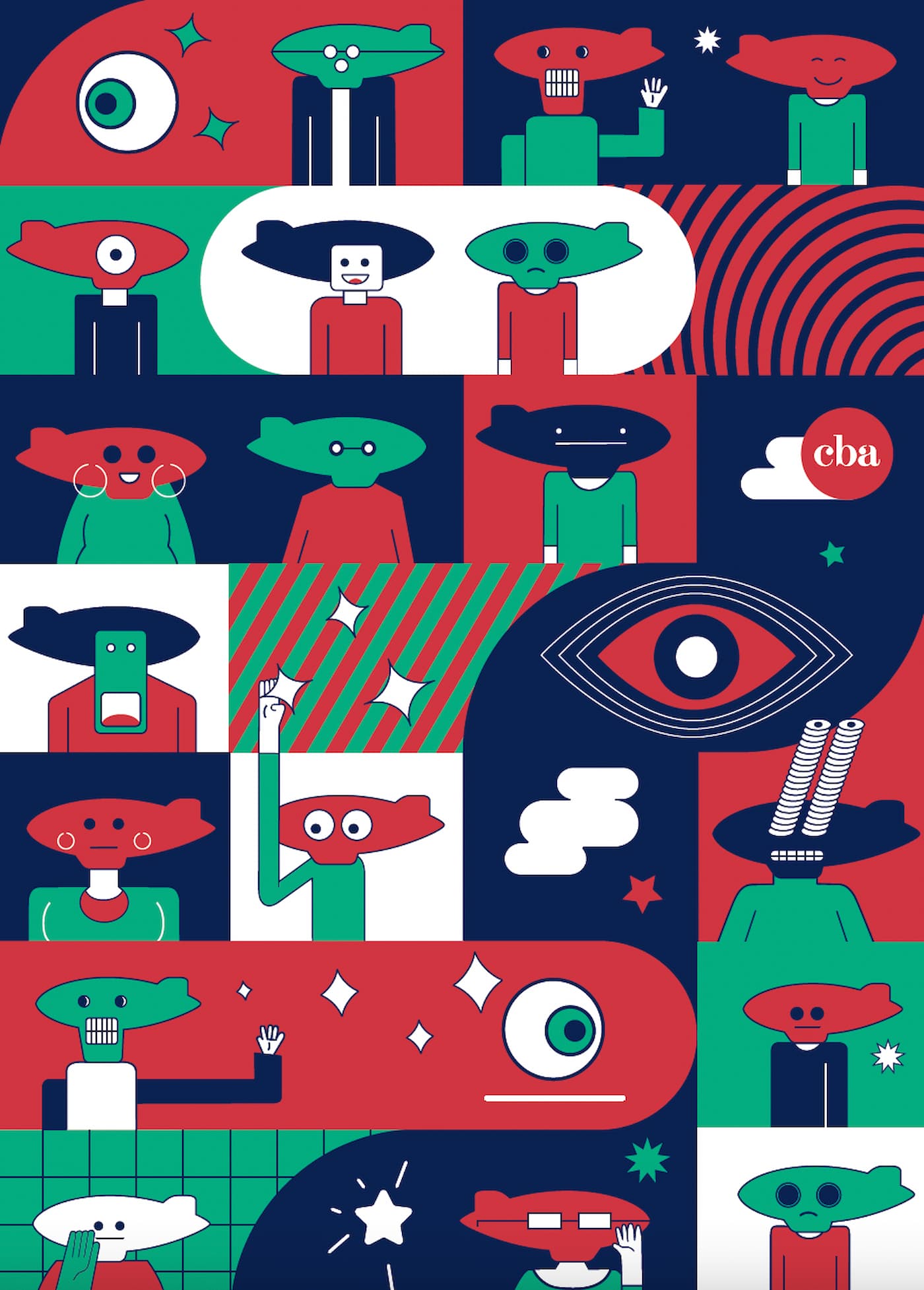
In 2022, The Good Company and the study institute Kantar launched the Inclusion & Diversity in Advertising barometer.
The goal? « Confronting the perception and expectations of the French people with the reality of advertising content ».
72% of the French consumer think that « showing diversity in advertising is important, even very important ». It’s a high number that shows that the population wants to see more inclusive advertising that celebrates diversity. The consumer changes, evolves, and becomes more and more uncompromising towards brands. He is looking for brands that represent its values.
According to a study carried out by Environics Research and Amazon Ads, 72% of American consumers and 60% of Europeans consumers « aspire to more diversity and representation in advertising ». Thus, between the consumer and the emergence of cancel culture, brands must react.
Brands’ authenticity is regularly questioned or pointed at. Are some brands legitimate? Authentic?
What brands are being criticized for is the lack of concrete proofs. A simple speech is not enough. It must be supported by actions.
————– Environics Research and Amazon Ads
Many brands are engaging in what is known as brand activism, i.e. the commitment of a brand, in a concrete way, to a social or environmental cause.
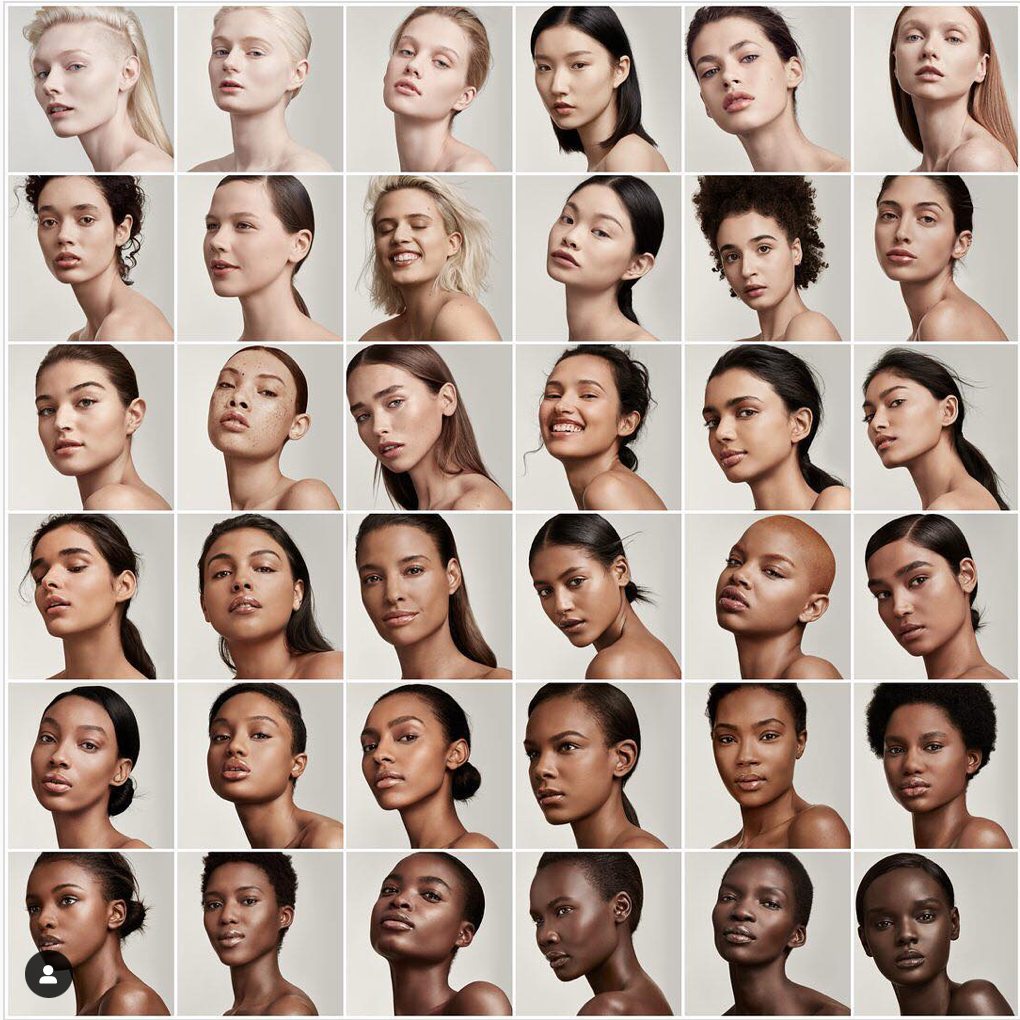
A concrete example is the brand Fenty Beauty, who launched more than 50 shades of foundation, in a market where it’s still difficult for black people to find a make-up product that matches their skin tone.
Gillette decided to question men stereotypes through its campaign called « The man your are » by highlighting a diversity of men when shaving. The goal? Break the codes. Gillette, in making that choice, wants to allow all men to feel represented when watching this ad.
The opulent expression of glamour & feminity has become dated and Lux has understood it well. The brand wanted to inspire women to rise above everyday sexist judgements & express their beauty & femininity unapologetically. Our teams redefined the brand’s purpose and accompanied Lux on the creation of its brand visual identity.
« Creative and developer, great artists, great feminists, big mouth, big heart (…) » … SNCF, the French public railway company, launched « Hexagonal », a video campaign, with the goal to federate its users by representing them through its advertising. A campaign rewarded by a Bronze Lion in the « Creative Strategy » category (Lion Cannes Creativity International Festival). A campaign to support the business plan launched in 2020 by the SNCF, which focuses on putting people at the heart of company, the development and vitality of territories, the ecological transition and digital mobility.
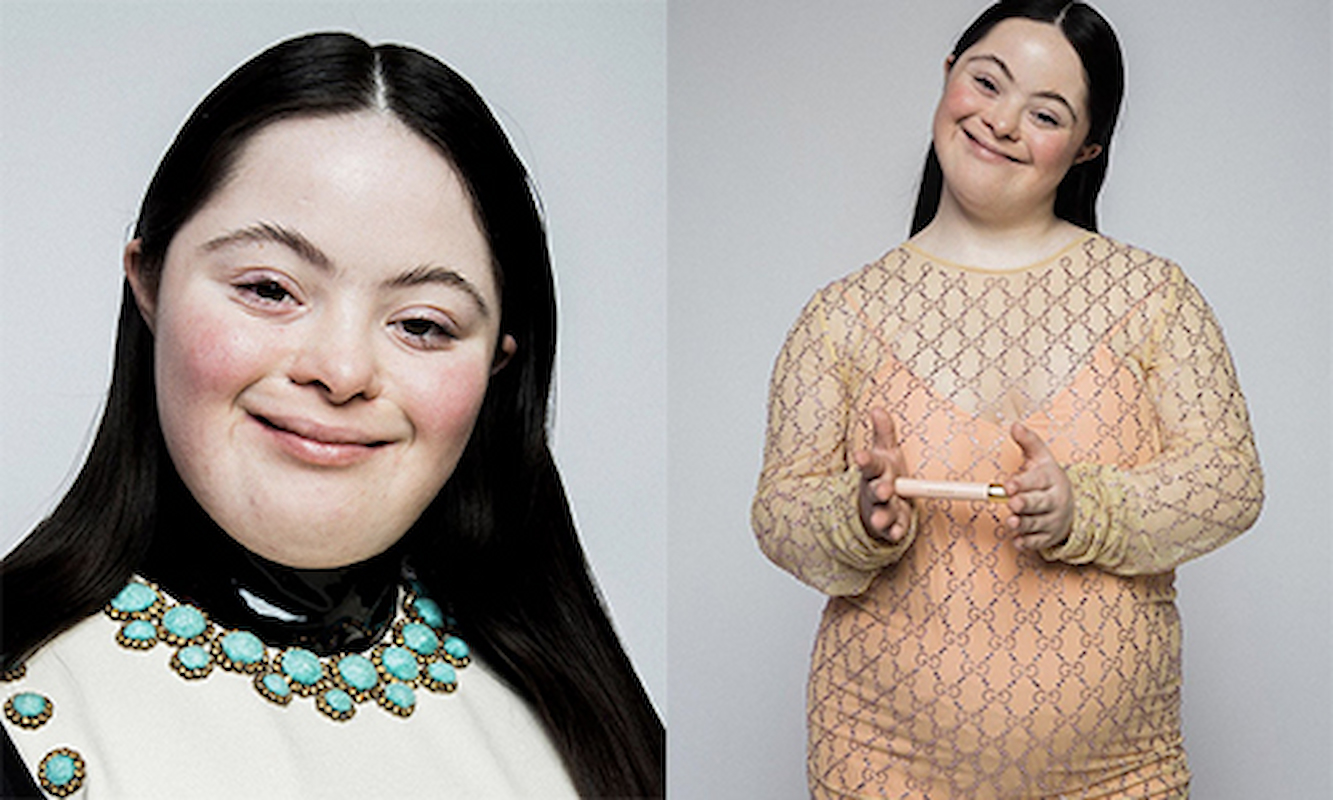
In 2020, the iconic luxury brand Gucci has chosen to appoint as the muse of its brand Ellie Goldstein, who has Down’s syndrome.
A bold choice since the market is still very stereotyped and standardized.
Gucci highlighted the effort to be made by the brands and denounced the lack of representation in of the market.
Other brands make the choice to rebuild completely their naming or visual identity. It’s the case of Aunt Jemina, which changes its name to Pearl Milling Company and erased the image of a black woman from its packaging ; caricature of the black nanny caring for the children of a white family.
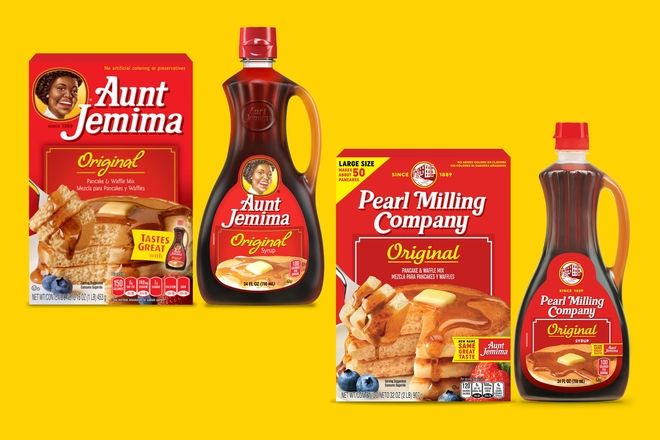
Receive monthly news!
© CBA DESIGN 2021
Privacy Overview
| Cookie | Duration | Description |
|---|---|---|
| pll_language | 1 year | This cookie is set by Polylang plugin for WordPress powered websites. The cookie stores the language code of the last browsed page. |
| Cookie | Duration | Description |
|---|---|---|
| _gat | 1 minute | This cookies is installed by Google Universal Analytics to throttle the request rate to limit the colllection of data on high traffic sites. |
| YSC | session | This cookies is set by Youtube and is used to track the views of embedded videos. |
| Cookie | Duration | Description |
|---|---|---|
| _ga | 2 years | This cookie is installed by Google Analytics. The cookie is used to calculate visitor, session, campaign data and keep track of site usage for the site's analytics report. The cookies store information anonymously and assign a randomly generated number to identify unique visitors. |
| _gid | 1 day | This cookie is installed by Google Analytics. The cookie is used to store information of how visitors use a website and helps in creating an analytics report of how the website is doing. The data collected including the number visitors, the source where they have come from, and the pages visted in an anonymous form. |
| Cookie | Duration | Description |
|---|---|---|
| IDE | 1 year 24 days | Used by Google DoubleClick and stores information about how the user uses the website and any other advertisement before visiting the website. This is used to present users with ads that are relevant to them according to the user profile. |
| test_cookie | 15 minutes | This cookie is set by doubleclick.net. The purpose of the cookie is to determine if the user's browser supports cookies. |
| VISITOR_INFO1_LIVE | 5 months 27 days | This cookie is set by Youtube. Used to track the information of the embedded YouTube videos on a website. |
| Cookie | Duration | Description |
|---|---|---|
| CONSENT | 16 years 7 months 21 days 8 hours | No description |
| cookielawinfo-checkbox-functional | 1 year | The cookie is set by GDPR cookie consent to record the user consent for the cookies in the category "Functional". |
| cookielawinfo-checkbox-others | 1 year | No description |